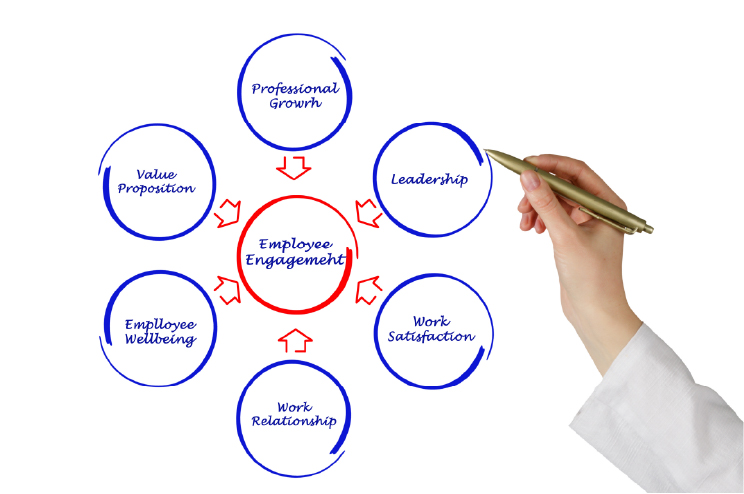As more millennials enter the job market, workplace values are evolving. One example of these changing values is the expectation of a collaborative culture in the workplace. Companies looking to retain top performing talent are focused on crafting a collaborative culture that is worth staying for. But true collaboration is more than communicating easily between co-workers, it encompasses all communication efforts such as recruiting interviews, client interactions or accommodating the new BYOD paradigm.
So, what exactly does collaboration mean in an organization, and how can HR teams use it to their advantage? According to an article by TalentCulture, “…mentoring opportunities and focusing on a team mentality are ideal ways to create a collaborative culture in which [millennials] will thrive.”
Defining Collaboration
Many businesses think improving collaboration simply means increasing internal communication. While there are many factors that enable true collaboration, few are more important than having the right collaborative tools. This is especially important in today’s BYOD landscape where employees require the ability to communicate with anyone around the globe, anywhere, at any time.
TalentCulture’s recent study explores how HR teams can leverage collaboration tools to adapt to diverse work environments, drive employee recruitment and retention and unlock a host of other organizational benefits, including…
- Streamlined management of remote and flex workers
- Improved social networking
- Increased employee retention
Interested in learning more about the impact of collaboration tools in HR departments? Explore the full TalentCulture article here.


